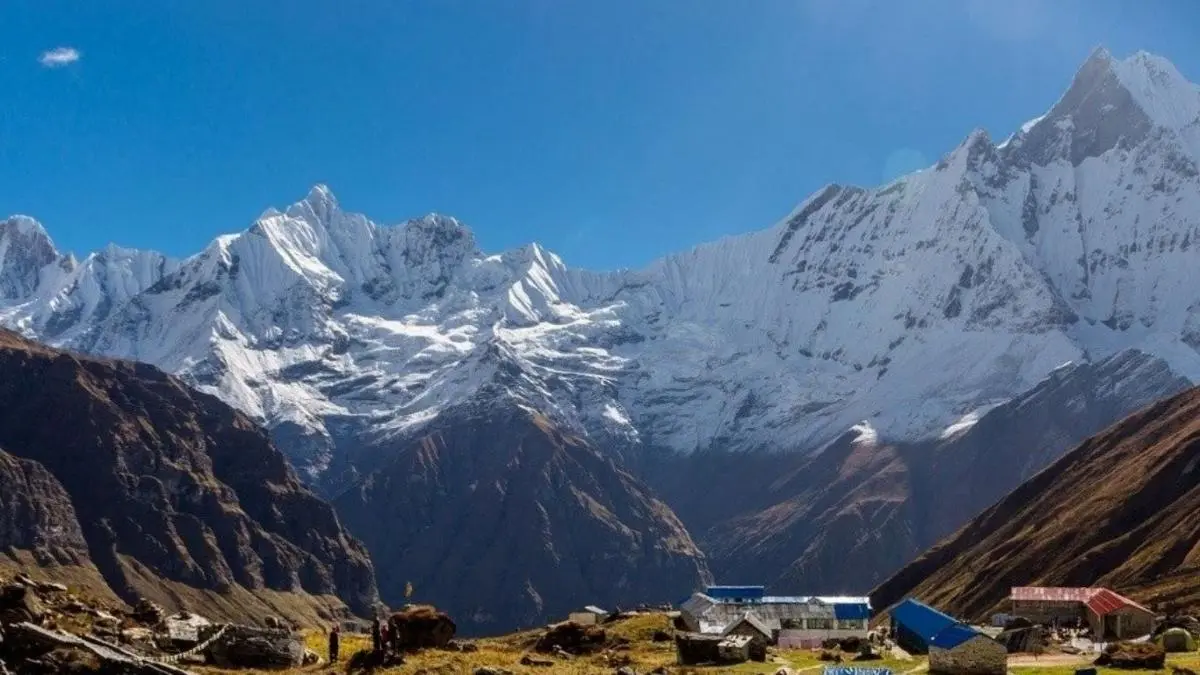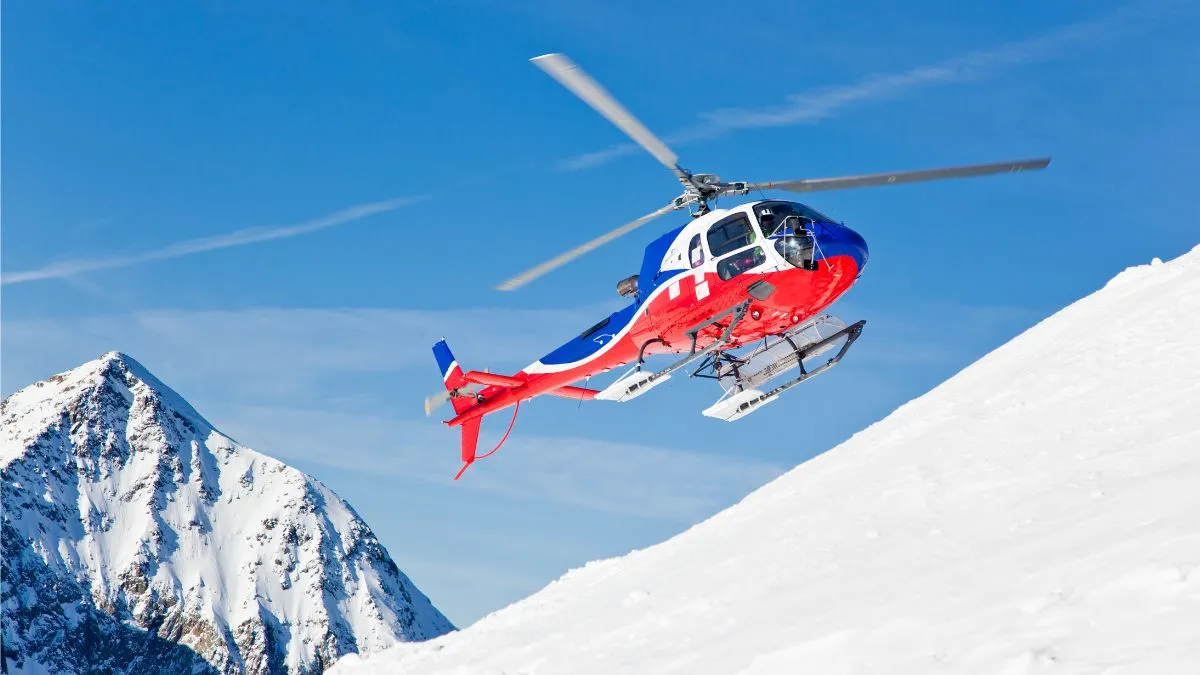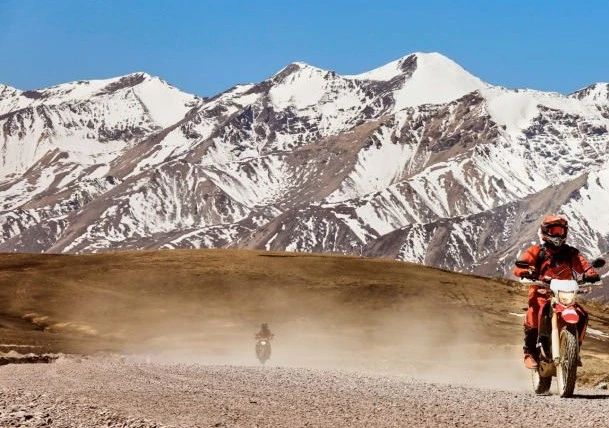Wonders of Annapurna Range
Explore our curated trips, showcasing the best of the Annapurna Range
Marvels of The Annapurna Region
Annapurna: A Journey of a Lifetime

Annapurna Circuit Trek
From lush river valleys to the high Himalayan desert, experience the world’s most diverse mountain journey.

Annapurna Helicopter Tour
From plunging river gorges to snow-rimmed ridgelines, see the Annapurna massif as only the sky can show it.

Annapurna Bike Trip
From river cut gorges to high desert plateaus, feel the Circuit as a rolling, roaring, dust kissed adventure.
About Annapurna Range
The Annapurna range sits in central Nepal, and honestly, it’s the kind of place that stays in your head long after you’ve left. Annapurna I rises to 8,091 meters.
Fun fact: it was the first peak over 8,000 meters ever climbed, way back in 1950. People sometimes forget that, since Everest gets all the attention.
All around it are Annapurna II, III, IV, Gangapurna, Annapurna South, and a bunch of smaller peaks you probably haven't heard of unless you're staring at a super detailed map.
All together, they make this huge wall of rock and ice on the horizon. It feels endless when you first see it.
It's not just the mountain tops that get to most hikers. The green valleys down below are amazing, with farms built on terraces and rivers carving their way through everything.
Then, bam! Okay, so all of a sudden, you're looking at these gorges, and they're crazy deep, almost too deep to be real.
The locals will quickly tell you that the Kali Gandaki Gorge is one of the deepest you can find anywhere. The weirdest part? The scenery flips quickly. Rice paddies and banana trees in the morning, barren alpine desert a few days later.
It feels more like you've traveled across countries than just hiked a mountain trail.
The Annapurna Conservation Area
Something you might not know: this whole area sits inside the Annapurna Conservation Area, which is Nepal’s largest protected zone, covering over 7,600 square kilometers. But unlike a national park, people actually live here.
Villages, farms, yak pastures, all of it inside the conservation boundaries. The idea was never to lock the land away but to balance nature with the way locals have always lived.
Walk through, and you’ll see the shifts almost daily. Down low: rice and millet. Climb a bit higher: oak and rhododendron forests (if you’re trekking in spring, the rhododendron bloom is impossible to ignore; whole hillsides turn red).
Push north and the scenery starts looking more Tibetan than Nepali, especially in Mustang and Manang, where the land is dry and windswept.
Best Seasons to Go to Annapurna Region
This matters more than people realize.
Spring (Mar-May): Warm, clear mornings, rhododendrons everywhere. Busy trails.
Monsoon (Jun-Aug): Wet. Mud, leeches, blocked views. But Mustang and Manang are in the rain shadow, so not all is lost.
Autumn (Sep-Nov): The season everyone picks. Clear skies, sharp mountain views, and cultural festivals like Dashain and Tihar. Expect crowds.
Winter (Dec-Feb): Quiet, clean air, but snow can shut passes. High lodges sometimes close. Lower treks remain fine if you don’t mind the cold.
Culture and People of Annapurna Region
The southern hills have Gurung villages such as Ghandruk and Chhomrong.
Stone houses, terraced fields, and warm welcomes are common here. A lot of Gurung families have someone who's been a Gurkha soldier, which is a source of pride to them.
In the Kali Gandaki Valley, the Thakali people are known for orchards, trade, and their thali meals. Trekkers rave about those plates of rice, lentils, pickles, and vegetables.
Up north in Manang and Mustang, you can see the Tibetan Buddhist touch everywhere. You’ll see prayer flags on rooftops, monasteries above villages, and mani walls along trails.
Festivals mix music, dance, and long-held rituals.
Nature and Wildlife in the Annapurna Region
The conservation area isn’t only about scenery. Himalayan tahr, blue sheep, and gray langur live here. Snow leopards roam too, though sightings are rare.
Birdwatchers come for the variety, over 500 species recorded. Raptors like the lammergeier glide across valleys.
The Himalayan monal adds bursts of color in the forest. Vegetation changes layer by layer: subtropical forest down low, oak and rhododendron in the middle, alpine shrubs higher up.
Final Word
Annapurna isn’t one thing. It’s mountains, yes, but also villages, cultures, and ecosystems packed into a small area.
People trek, bike, or even fly over it, but the main advice is the same: respect the altitude, plan for the weather, and move at a steady pace.
Do that, and the journey, whichever version you choose, tends to stick with you.
